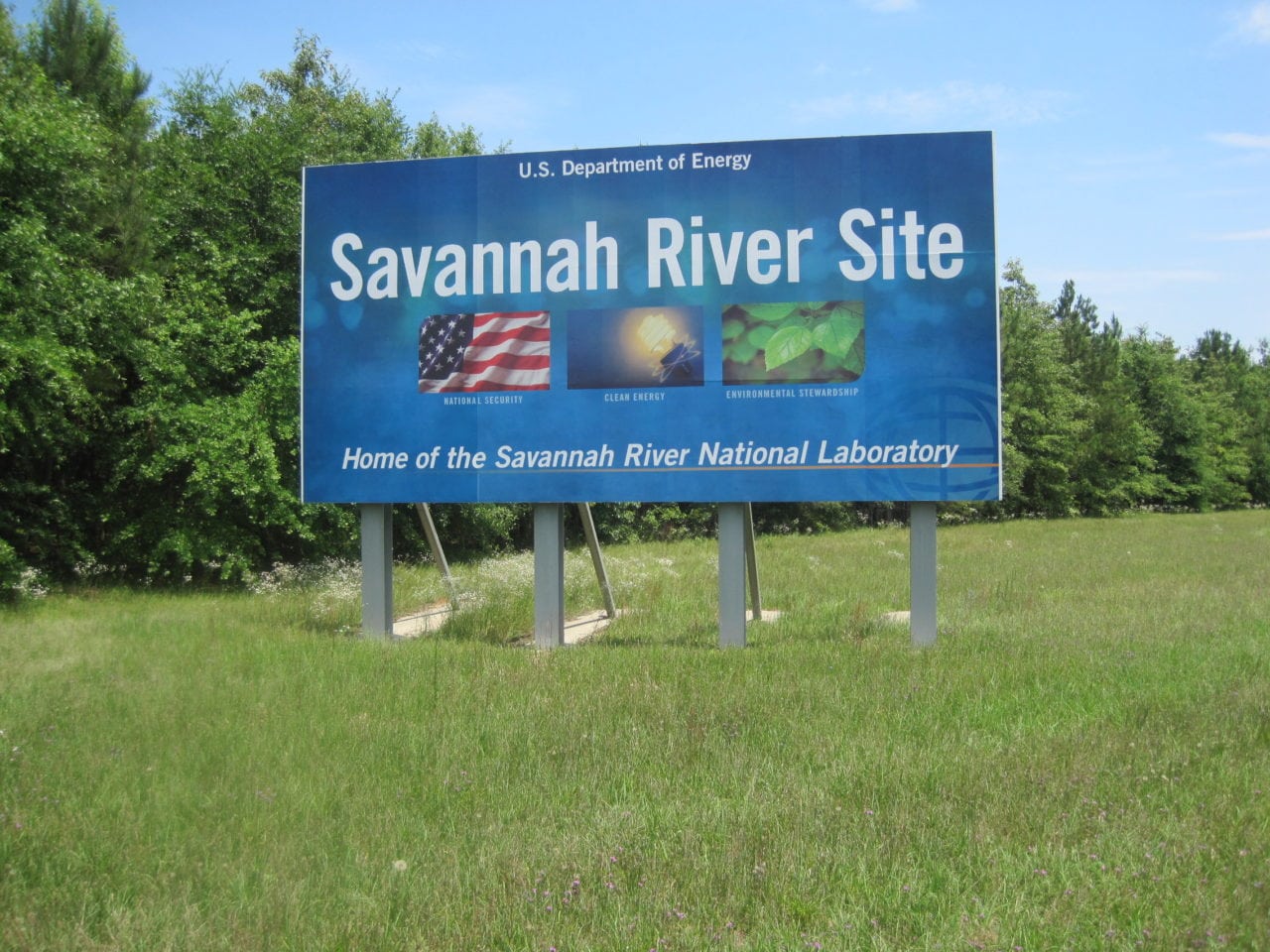
Nuclear Security & Deterrence Monitor Vol. 27 No. 38
Visit Archives | Return to Issue PDF
Visit Archives | Return to Issue PDF
Nuclear Security & Deterrence Monitor
Article 1 of 8
October 06, 2023
Savannah River plutonium facility half designed, aiming for construction completion in 2032

KNOXVILLE — Design of the Savannah River Plutonium Pit Processing Facility is half finished and the facility could be built by 2032, though the date is not set in stone, a senior contractor executive said here Tuesday at an industry gathering.
“You’ve got…
Partner Content
Jobs